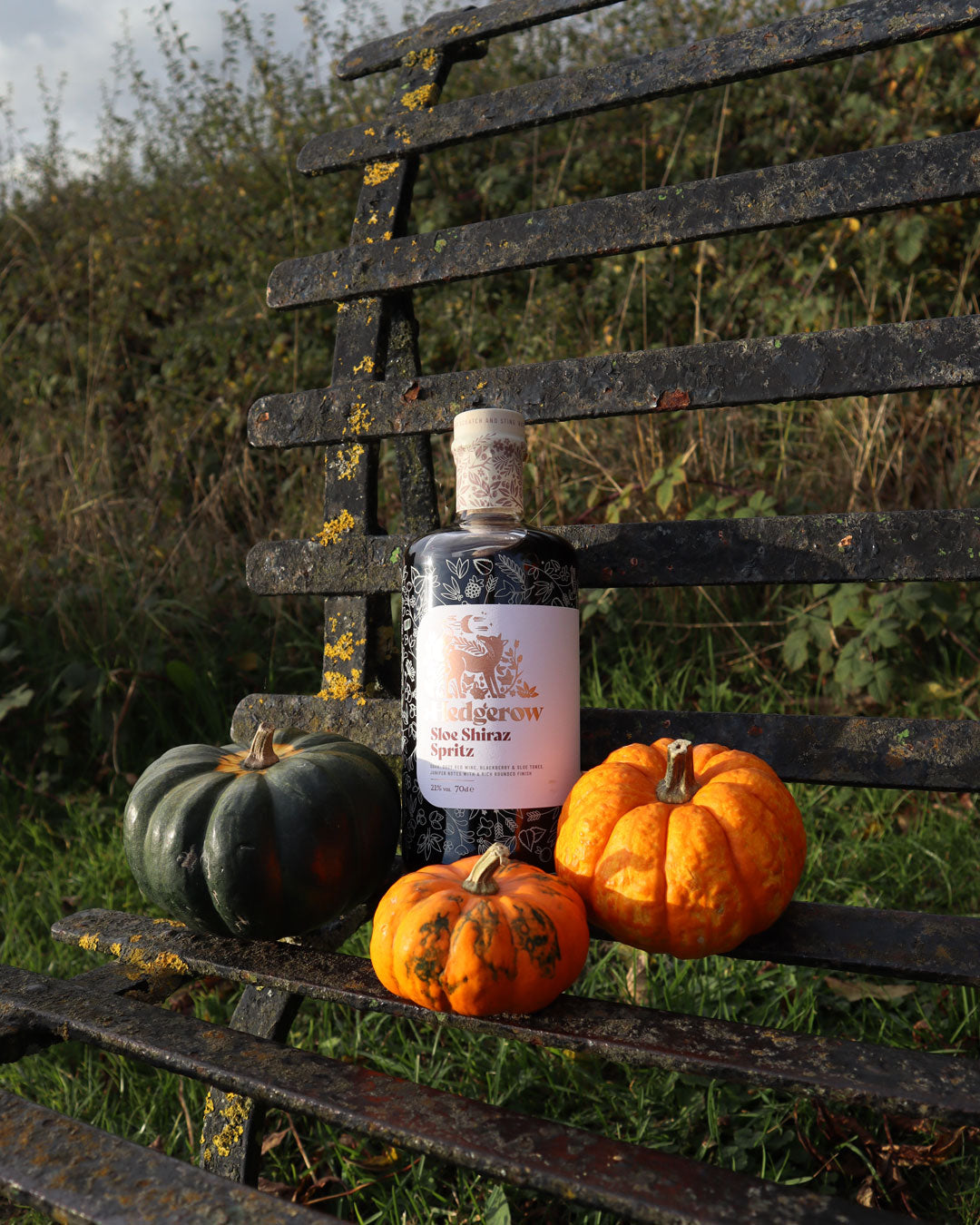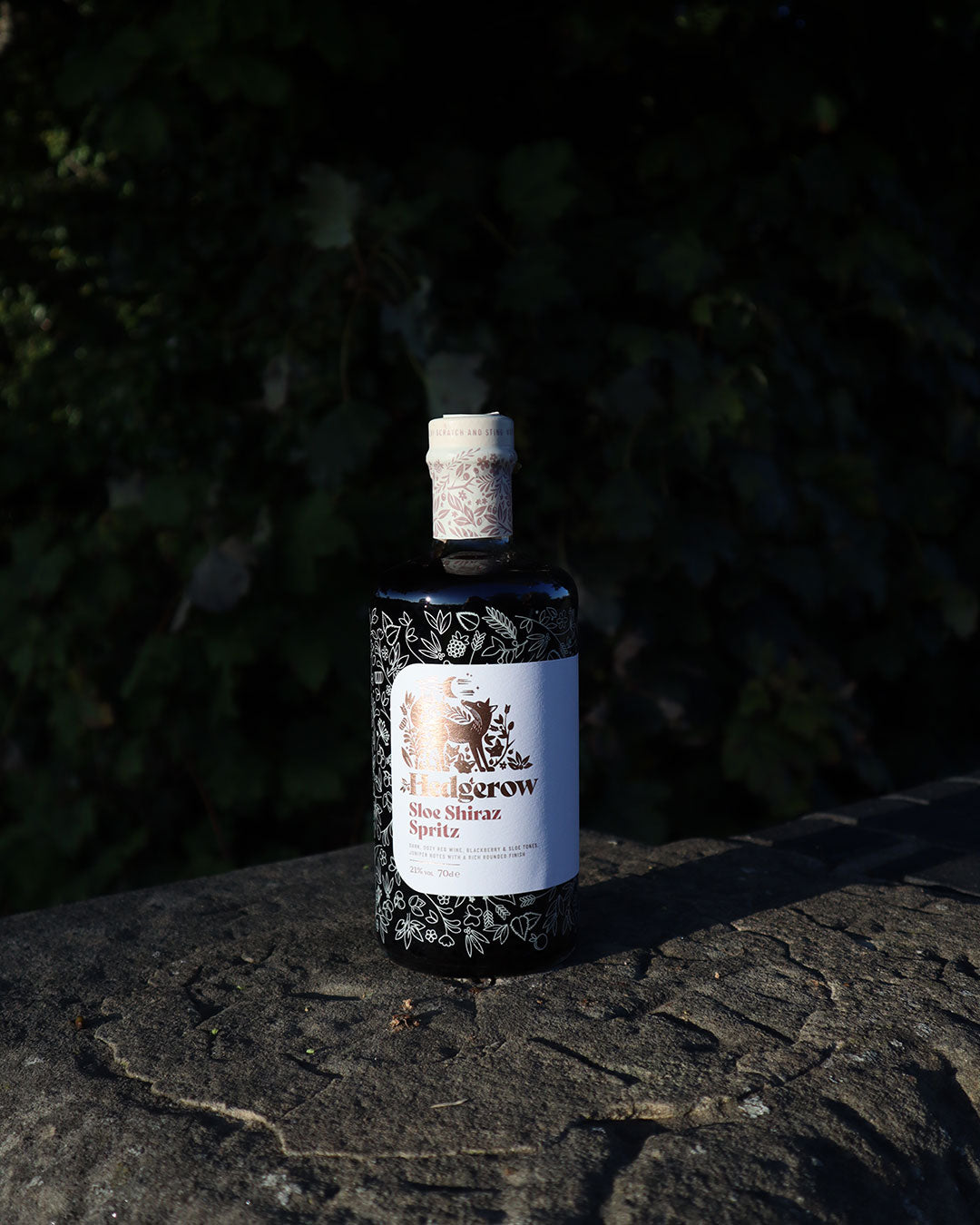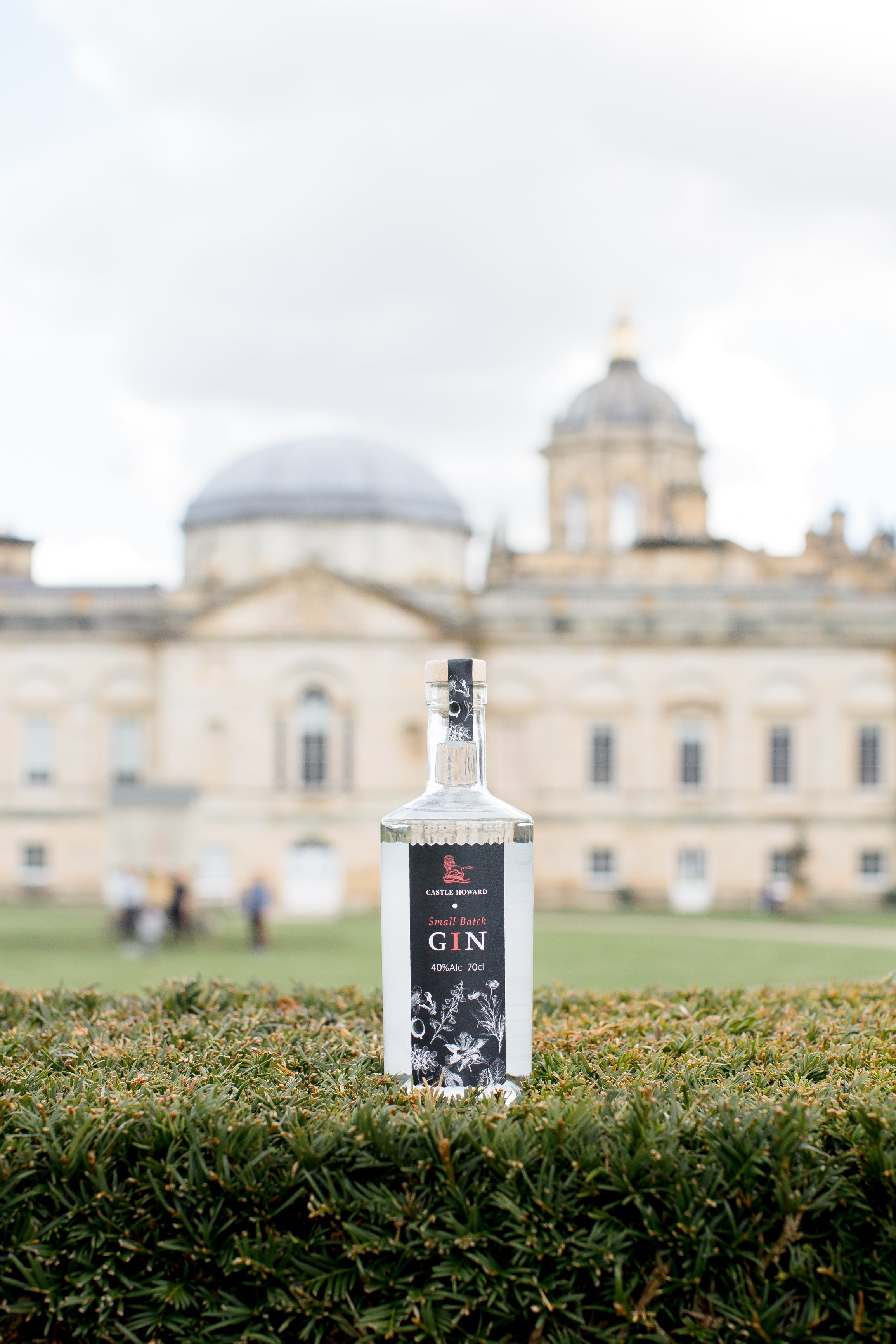
In 2016 we went back to the hedges where we first got inspiration for our Sloe Gin; we wanted to make an even more superior and super special gin base for our signature product. On the basis of “what grows together goes together” we started looking at what else we could find in the hedgerow to add flavours to our products.
As we all know nettles are super-abundant, but did you know they are also super-tasty? We tried them in the batches for what became Hedgerow Gin and they worked well and became one of our six hedgerow botanicals, used in the distillation of all our Hedgerow Spirits. We start our foraging year with Nettle tops in April, elderflower in early June, wildflower hay in August and Rosehips & Crab Apples in September. Once picked, we wash and dry them to preserve and concentrate their flavours, then we can use them throughout the year.
Nettles bring a gentle, herby taste to our gin which compliments the dryness of the juniper and the sweeter notes of elderflower and crab apple. If you’re interested in the flavour that nettles can bring, there are also lots of recipes online that use them as an ingredient; we were super-brave and tried The River Cottage Nettle Ravioli, it tasted great and almost looked like the picture!
Or why not try this cocktail recipe using nettle cordial? Cooking is thirsty work! A quirky take on the classic G&T
Here’s a link to make your own Nettle Cordial.
YORKSHIRE NETTLE COCKTAIL
Combine 50ml Hedgerow Gin, with
25ml Wild Nettle Cordial
25ml fresh lime juice.
Put plenty of ice in a shaker with all the ingredients, shake well and strain into a glass, top up with a premium tonic. Enjoy!
Our top tips for nettle foraging
- Nettles obviously sting, so wear gloves, though Joff often picks without as the nettle tops are so soft they hardly sting at all, he says!
- Don’t pick non-stinging nettles, that may seem tempting but they don’t taste good.
- Pick the tops in April and May; just grasp the top of the plant and pull, the succulent tops break off quite easily. What breaks off is what you need! You could use scissors or secateurs if you must, go for the top 3-4 centimetres.
- You can wash and then dry the picked tops on a sheet in the (hopefully) warm, dry spring weather. Or to use fresh, let them sit for a bit to wilt, that way you’ll have fewer stings, then wash.
- Don’t pick alongside footpaths where people dog walk…for obvious reasons!
- Lastly as well as being super-tasty, nettles are hugely important for wildlife. Loads of insects and especially butterflies use them, so if you are foraging, always leave some for wildlife. If you have them in your garden you can just say they’re there for the wildlife too 😉





